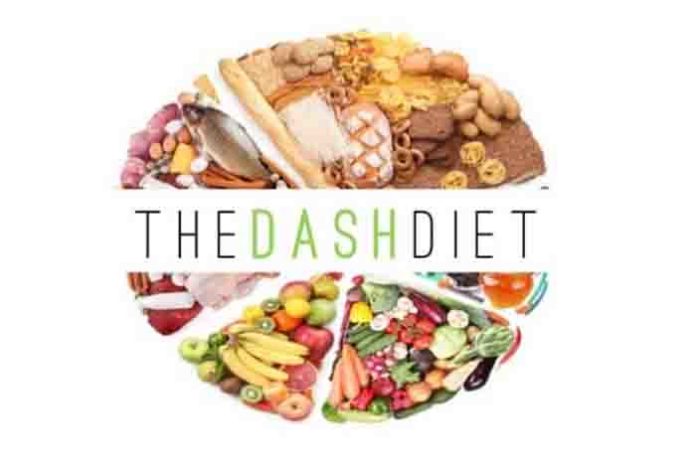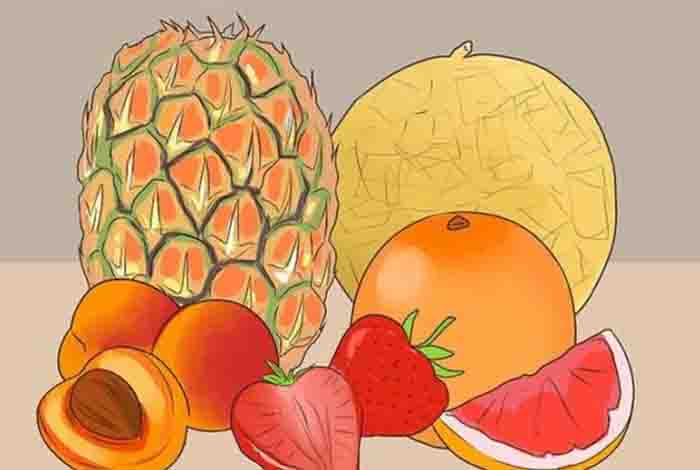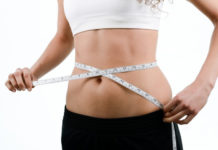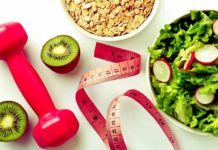
The DASH diet often goes unnoticed especially when we talk about other diets like the keto diet. But it is a hugely accepted diet. It has been named as the “Best Diet Overall” for about eight years in succession by the U.S. News & World Report. This diet is recommended by the American Heart Association which used it to develop their 2010 dietary guidelines.
DASH is more flexible than other diet plans. It helps in losing and maintaining weight and is very effective in ensuring overall health.It has so many benefits that you would think that most people would be following this diet. But the truth is that less than 2% of the population follows the DASH diet.
What Is DASH Diet?
It stands for Dietary Approaches to Stop Hypertension. A study was conducted by National Institutes of Health (NIH) [1] in which it was found that vegetarians had less incidence of high blood pressure. Intake of sodium affects blood pressure. These levels may also be affected by nutrients present in plant-based diets.
It was found that when people were on DASH diet, there was a significant reduction in blood pressure. This eating plan is suggested to prevent and treat hypertension and heart related ailments. It has also been associated with decrease in bone loss, improved sensitivity to insulin, reduction of cancer risk.
What Is Included in DASH Diet Plan?
In this plan, the focus is on increasing intake of vegetables, fruits, legumes, lean meat, whole grains, nuts, added sugar and salt, processed foods. The choice of the foods depends on the calorie needs of an individual. The eating plan resembles the Mediterranean Diet.
Nutrient per day:
- Vegetables: 3-4 servings
- Fat-free dairy or low fat: 2-3 servings
- Grains: 6 servings
- Fruits: 4 servings
- Oils/Fat: 2 servings
Nutrients per week:
- Sweets and added sugars: 3 servings
- Nuts and legumes: 3-4 times

The focus of DASH diet is on increasing intake of fruits, vegetables and whole foods that have less sodium content and are high in potassium. It is known that reducing the intake of sodium is important, but it is not known by many that having an adequate intake of potassium is important to maintain blood pressure.
When processing of foods happens, the potassium content decreases. So, when you choose foods that are whole and not processed, it helps regulate blood pressure from both potassium and sodium perspective. Also, if you decrease intake of fat and sugar and overall calories, you will be able to lose weight .
Why More People Aren’t Following the DASH Diet?
There can be several reasons why many people don’t follow the DASH diet. Though keto diet is more popular, DASH and Mediterranean diets have been ranked high by the U.S. News & World Report. Moreover, a few celebrities who follow keto diet claimed they got better results with the diet.
Also, less popularity of DASH diet might be due to misconceptions that people hold for this diet. Some of these misconceptions are discussed below:

Misconception 1: DASH diet is only for people with high blood pressure.
This diet was developed when researchers were trying to find a way to reduce hypertension . It is still touted as a treatment for high blood pressure. However, the DASH eating plan is a great tool for maintaining overall health and weight and preventing chronic disease. Studies say that DASH reduces the risk of heart ailments, type 2 diabetes, and some types of cancer. If data are to be believed, around 90% of Americans exceed the maximum limit of sodium intake. This can be dangerous for the body.
Misconception 2: The only focus of DASH diet is low sodium and no salt
Yes, DASH diet does tell you to reduce the intake of sodium but that’s not the only focus. If you follow the DASH diet, you increase the intake of potassium, magnesium, calcium, and fiber all of which help maintain health of the heart and also prevent chronic diseases. This does not mean that you have to eat boring and plain food. Choose low sodium foods and opt for fresh unprocessed foods instead of canned and boxed items. Try spices and herb and do not use salt as the sole flavoring in any dish.
Misconception 3: DASH diet is unapproachable.
Many people feel that DASH is associated with cooking all meals from scratch. This can become overwhelming. So, there are tricks and tips. Whole foods don’t necessarily mean fresh produce. You can use minimally processed foods like canned veggies that do not contain salt and frozen unseasoned vegetables. Meal Prepping and batch cooking can be applied in DASH diet. Also, meal prepping does not mean cooking a full meal. It is just about preparing components that can be tossed together for a fast meal. You can buy salad greens, pre-cut veggies at the start of the week.
Misconception 4: DASH diet is to be followed intermittently.
The mistake that people do is dealing with DASH diet with an all or nothing approach. It is not about following a diet plan for some weeks and then going back to the old way of eating. Like the Mediterranean Diet, DASH diet is healthy way of eating and living. Adopting small changes in eating choices can help you form healthy habits.










